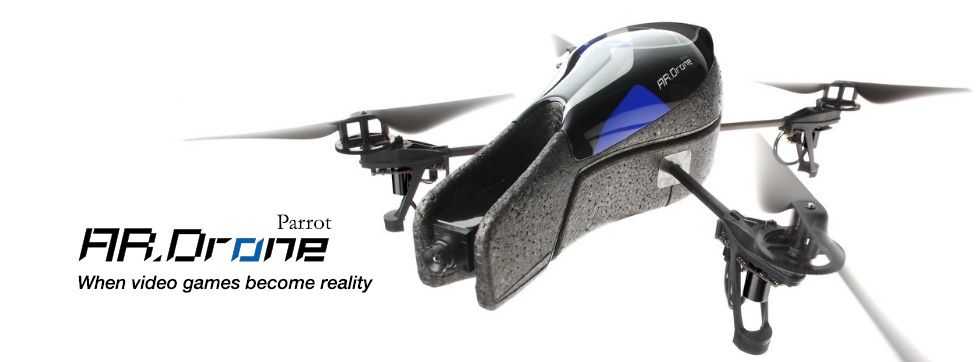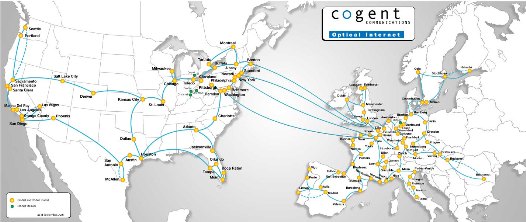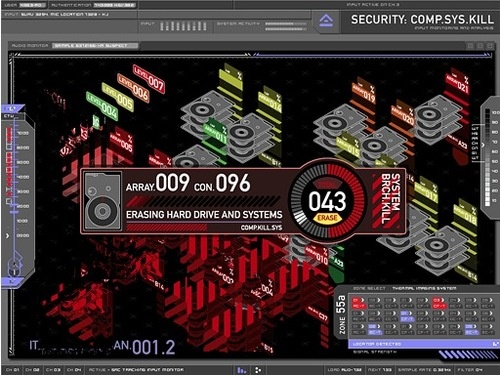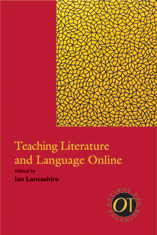The web site for our graduate conference is up: HuCon 2010: Current Graduate Research in Humanities Computing. This follows on the successful one that students ran last year. We hope to have Jon Bath and Yin Liu from the University of Saskatchewan as speakers. The conference is free thanks to support from our Office of Interdisciplinary Studies and the Faculty of Arts at the University of Alberta.
Darnton: The Library in the New Age
Robert Darnton has a new book out The Case for Books and it touches on the issue of “google and the future of the book” (and the library.) There is an essay by Darnton in The New York Review of Books (v. 55, n. 10, June 12, 2008) that covers some of the ground. The essay is titled, “The Library in the New Age” and it argues,
Meanwhile, I say: shore up the library. Stock it with printed matter. Reinforce its reading rooms. But don't think of it as a warehouse or a museum. While dispensing books, most research libraries operate as nerve centers for transmitting electronic impulses. They acquire data sets, maintain digital repositories, provide access to e-journals, and orchestrate information systems that reach deep into laboratories as well as studies. Many of them are sharing their intellectual wealth with the rest of the world by permitting Google to digitize their printed collections. Therefore, I also say: long live Google, but don't count on it living long enough to replace that venerable building with the Corinthian columns. As a citadel of learning and as a platform for adventure on the Internet, the research library still deserves to stand at the center of the campus, preserving the past and accumulating energy for the future.
Wired Campus: Mellon Foundation Closes Grant Program
The Mellon Research in Information Technology program is being closed according to a Chronicle of Higher Education story by Marc Parry titled, “In Potential Blow to Open-Source Software, Mellon Foundation Closes Grant Program.” (Jan. 5, 2010.)
Mellon described the change as part of an effort to “consolidate resources” and concentrate on core program areas like the liberal arts, scholarly communications, and museums. RIT will merge into the Scholarly Communications program, which will manage its existing grants.
This program funded a number of really cool projects like Zotero, SAKAI, and Fedora. I wonder what will happen to ongoing projects like Bamboo that are not yet off the ground?
Update: Bamboo has been “smoothly migrated into the Scholarly Communications program.”
Parrot AR.Drone
From Sean I found out about the Parrot AR.Drone which has to be the coolest iPhone accessory around. You control a drone over wifi and see through it’s camera on your iPhone. They apparently have gaming modes where you can duel layered bots or other drones. I can’t help thinking this is too cool to be real. See their video channel on YouTube.
Ritsumeikan: Possibilities in Digital Humanities
The last week and a bit I have been in Kyoto to give a talk at a conference on the “Possibilities in Digital Humanities” which was organized by Professor Kozaburo Hachimura and sponsored by the Information Processing Society of Japan and by the Ritsumeikan University Digital Humanities Center for Japanese Arts and Culture.
While the talks were in Japanese I was able to follow most of the sessions with the help of Mistuyuki Inaba and Keiko Susuki. I was impressed by the quality of the research and the involvement of new scholars. There seemed to be a much higher participation of postdoctoral fellows and graduate students than at similar conferences in Canada which bodes well for digital humanities in Japan.
Continue reading Ritsumeikan: Possibilities in Digital Humanities
ISP Quarrel Partitions Internet: Wired.com
Wired.com has an interesting story about how an ISP Quarrel Partitions Internet. Cogent Communications, a US-based ISP shut down all connection with a Swedish ISP, Telia that made it impossible for Cogent customers to reach Telia customers on the Internet and vice-versa. And we thought the Internet was designed to bypass blockage! It turns out certain ISPs can arbitrarily block interconnection when in commercial disputes. They can do this by de-peering to disconnect from another ISP and then packet filtering of those packets that work their way through other channels.
This raises questions about the standard story of the Internet that presents packet-switching as a technology that makes it impossible for the Internet to be censored. As we have discovered under the general rubric of net neutrality, the ISPs now have the technology to block, slow, and filter packets (and have done so.) Thanks to Nancy for this.
Digging Into Data
The Digging Into Data (DID) grants awards have been posted. The “Using Zotero and TAPoR on the Old Bailey Proceedings: Data Mining with Criminal Intent” project which I am part of was one of the ones funded. From the description:
Description: This project will create an intellectual exemplar for the role of data mining in an important historical discipline – the history of crime – and illustrate how the tools of digital humanities can be used to wrest new knowledge from one of the largest humanities data sets currently available: the Old Bailey Online.
This program is significant in a number of ways:
- It encourages (forces) international cooperation. Brett Bobley and the others involved in the councils deserve a lot of credit for developing a model for international programs and overcoming all the differences between funding agencies in record time. We all know that good research is often international, but this program rewards such cooperation. I hope the next round involves other countries – this is a model to be extended and emulated.
- One of the things that made a difference is that this program had a single evaluation process. The respective funding agencies agreed to work with one international assessment committee, thereby relinquishing a certain amount of control. This is significant because other attempts have kept separate panels which leads to projects being approved by one and not another. (This happens even within Canada.) DID shows that our councils are cooperating and willing to release control for the good of research – we should recognize that and encourage more.
- It focuses on using large data-sets and they negotiated access to a number of data-sets to support this. The work they did convincing content providers to provide access to full-text collections was beneficial in and of itself.
- It focuses on demonstrating research results from “digging into data” where computational techniques are applied to data. It isn’t a tools program, but a “what can you do with tools and lots of data” program. The time was right.
The number of letters of intent and applications is indicative of how successful this program was in identifying a research support need. As researchers we usually only think only about our work and ignore the host of conflicting demands of councils. Grant councils are also answerable – the design of programs is an administrative art that is rarely recognized by those who benefit. DID stands out in my mind as a successful experiment. If anything is was too successful – the low success rate shows they underestimated the number of applications and many deserving projects weren’t funded. Now the challenge to the councils is to scale up and build on this to meet the demand. The challenge to those of us funded is to live up to the potential and show that this works in order to make room for all the other deserving projects.
Ridiculous User Interfaces In Film, and the Man Who Designs Them
Gizmodo has a short article on Ridiculous User Interfaces In Film, and the Man Who Designs Them. The article showcases graphic designs by Mark Coleran who did work for movies like Mission Impossible 3, Mr & Mrs Smith, and Children of Men. There is a screen reel that summarizes his work and he responds here in his blog. Thanks to Stan for this.
Teaching Literature and Language Online
A paper that Stéfan Sinclair and I wrote on “Between Language and Literature: Digital Text Exploration” has just be published by the MLA in a volume edited by Ian Lancashire, Teaching Literature and Language Online.
tweenbots: kacie kinzer
Thanks to twitter I’ve discovered the future of robots and they are tweenbots. The tweenbots is a playful project by Kacie Kinzer who let loose simple rolling bots with a flag that identified where they were going. She then videotaped people helping the little robot on its way.




